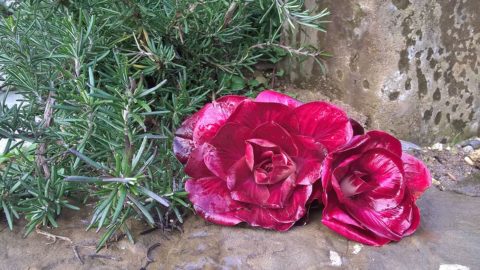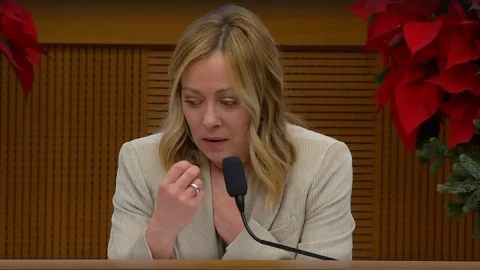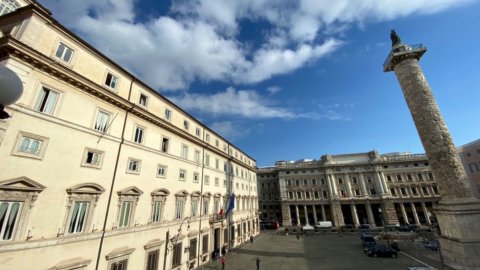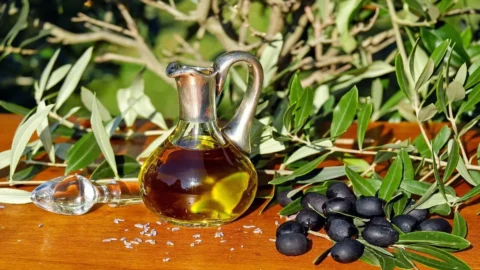If for Gertrude Stein “a rose is a rose” in Gorizia a rose is also a deep red, brilliant vegetable that fades towards pink or garnet red with an intense, slightly bitter, crunchy flavour, a quality of radicchio that due to its characteristic floral shape it takes the name of Rosa di Gorizia.
Appreciated since the 800s, it was once a common crop in city gardens and agricultural areas located on the outskirts of the city. The first official mention of the Rose of Gorizia appears in a treatise by Baron Carl von Czoernig-Czemhausena, "Gorizia - the Austrian Nice" of 1873, where it is defined as "reddish chicory", grown in the plain between Gorizia and Salcano and with a pleasant taste .
The Gorizia rose has long enjoyed a certain popularity in and around Gorizia as it is in demand not only in Italy but also by shops and cooks in Europe. The older farmers of the area remember having always produced this type of radicchio which, for companies of mixed production address (vegetable garden, stable, extensive cultivation), once prevalent in the area, represented one of the few crops that gave a certain income during the winter. But over time its production has drastically reduced because farmers have devoted their attention to other crops more profitable than the rosa di Gorizia that requires long and laborious exclusively manual processes. Together with this economic factor it must also be said that at the end of the Second World War with the peace treaty, Gorizia had to cede about three-fifths of its territory to Yugoslavia with 15% of the resident population. And the land once dedicated to the cultivation of Rosa di Gorizia underwent a substantial reduction and most of it was destined for other uses. This progressive reduction in production has meant that the Slow Food Foundation has included the Rosa di Gorizia in the list of presidia created with the aim of supporting "small traditional productions that are at risk of disappearing, enhance territories, recover ancient crafts and processing techniques, save extinction of native breeds and varieties of vegetables and fruit”.
Its origins can be debated for a long time. According to some, a certain Mr. Vida, who fled from the Veneto to save himself from an epidemic of plague, would have found refuge in Gorizia where he would have sown some seeds of Venetian red radicchio which would have undergone morphological changes on the land. Another much more fascinating hypothesis refers to an abbess of the monastery of Castel Badia, the Countess Leukardis of Gorizia who would have received the seeds from the Val Pusteria and planting them in the convent garden would have seen the birth of a radicchio different from those known until then.
Be that as it may today rosa di Gorizia has been rediscovered by the great Chefs, who during a recent demonstration indulged themselves on how to use it in the kitchen. And let's talk about Norbert Niederkofler and Massimo Bottura, three Michelin stars, Renè Redzepi, Yoshihiro Narisawa, Roberto Franzin another Michelin star.
The aesthetic alone would be enough to make this product unique but its uniqueness lies in the taste made fragrant by the crunchiness. A peculiarity that has made it the protagonist of the tables of the chefs who request it for their haute cuisine creations.
The processing of this local variety of red radicchio (Cichorium intybus) is long and particularly demanding. The gestation of the Rose can last up to eight months. Sowing takes place from March to June in the characteristic alluvial soil of the Gorizia area, rich in skeleton, calcareous and with ferretisation. A simple but delicate operation as it is done in the open field and requires a lot of dexterity and a good glance to distribute the right amount of seed.
La selection of individual "buds" is done by hand from every family that winter after winter genetically designs the leaves, the size and structure of its "rose", further highlighting the uniqueness of each individual producer.
At the end of November, therefore, the harvesting of the seedlings begins which, tied in bunches, are sent for forcing into the field. From this moment on, the whitening phase begins which occurs naturally by bringing bunches from the field into sheltered rooms without light and placed on a warm bed. And it is in these dark evenings that an alchemy takes place that would please readers of fairy tales animated by industrious nocturnal gnomes: the outer leaves rot and the Gorizia rose bud is born from the heart. To enhance and give the rose its final beauty, expert hands still have to intervene for the final cleaning by carrying out a delicate grooming during which eighty percent of the leaves are discarded.
At this point one can well understand why as the land was reduced and even the elderly farmers who cultivated it with religious attachment to the traditions of these lands dwindled, the Rose of Gorizia seemed to be heading towards an inexorable decline. Which fortunately, thanks to the fact that it was recognized as a PAT (Traditional Agri-Food Product) by the Friuli Venezia Giulia Region and therefore to have become part of the Slow Food presidia and supported by the Alliance of Cooks, has taken an opposite direction.
First&Food's suggestion
Lucia farm
Via Molin, 17
33057 Palmanova (UD)
www.Aziendaagricolalucia.it
+390432928600
+393393521904
+3933393506679
The continuous research, the passion for the land and the tradition that binds Mrs. Lucia Mulatti, owner of the company, and her two sons Andrea and Marco to the territory have merged into an ambitious project which has grown year after year, giving life to the Lucia farm.
The company produces the Rosa di Gorizia both fresh and in oil. And also smoked goose speck, goose and duck specialities, ancient Friulian polenta flours, cured meats and fresh and seasoned pork sausages according to tradition.
"For us - Mrs. Lucia likes to say - doing agriculture is still not just a job, but a mission, and we are proud of this".
Over the years, the "Lucia" farm, born out of passion, has grown, has been able to change and implement different trade and production policies, becoming on the Italian and European market the reference point in haute cuisine for the production of Rosa di Gorizia, the radicchio par excellence.
The company philosophy is to keep alive a centuries-old agricultural tradition and knowledge of Friuli, pursuing the idea of sustainable agriculture, far from the concepts of productivity and profit "which have always been accompanied by low quality and unhealthiness".
Consequently, the goose farm is totally open-field and self-fed with the products of the farm crops.
The company makes it a point of honor to ensure that the production of Rosa di Gorizia is totally free from chemical contamination, in fact, the rhythms of nature are strictly followed, without any forcing or human intervention in order to increase productivity.
For the "Lucia" farm, love and respect for nature "represent our past, present and future".





